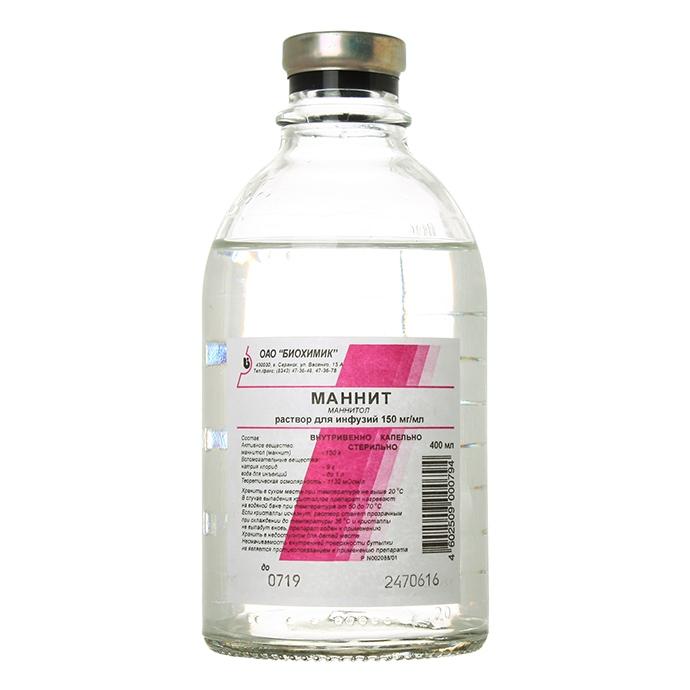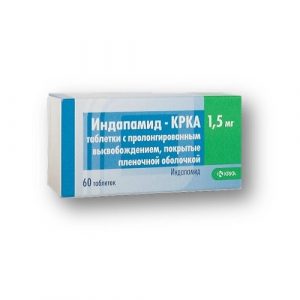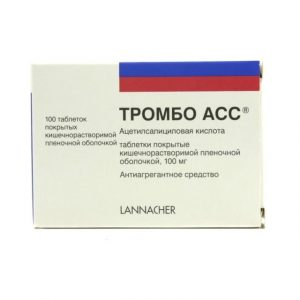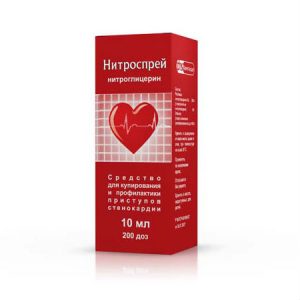Description
Packing
Bottle 400 ml.
Pharmacological action
Mannitol – osmotic diuretic. By increasing the osmotic pressure of the plasma and filtering without subsequent reabsorption leads to the retention of water in the tubules and an increase in urine volume. Increasing the osmolarity of blood plasma, causes the movement of fluid from tissues (in particular the eyeball, brain) into the vascular bed. Does not affect glomerular filtration. Diuresis is accompanied by a moderate increase in natriuresis without a significant effect on the excretion of potassium ions. The diuretic effect is the higher, the greater the concentration (dose). Ineffective in violation of the filtration function of the kidneys, as well as azotemia in patients with cirrhosis and ascites. It causes an increase in bcc.
Indications
cerebral edema
intracranial hypertension (with renal or renal hepatic insufficiency)
oliguria in acute renal or renal hepatic insufficiency with preserved renal filtration ability (as part of combination therapy) after acute reduction of acute postoperative distress poisoning with
barbiturates and salicylates for the prevention of hemolysis in operations with extracorporeal circulation to prevent renal ischemia to and related acute renal failure.
Use during pregnancy and lactation
During pregnancy and lactation, the drug is used only in cases where the intended benefits to the mother outweigh the possible risk to the fetus or baby.
Composition
In 1 liter of solution contains:
Active ingredient: mannitol (mannitol) 150 g
Excipients: sodium chloride 9 g, water for injection up to 1 l.
Dosage and administration
Intravenously, slowly, in a stream or drip.
The prophylactic dose is 0.5 g / kg, the therapeutic dose is 1 1.5 g / kg, the daily dose should not exceed 140 180 g.
Before administration, the drug should be heated to a temperature of 37 ° C (can be done in a water bath).
In operations with cardiopulmonary bypass, the drug is injected into the device at a dose of 20 40 g immediately before the start of perfusion.
Patients with oliguria should first administer an intravenous drip test dose (200 mg / kg) for 3-5 minutes. If after this within 2-3 hours there will be no increase in the rate of urine output to 30-50 ml / h, you should refrain from further administration of the drug.
Side effects
Dehydration (dry skin, dyspepsia, myasthenia gravis, cramps, dry mouth, thirst, hallucinations, decreased blood pressure), impaired water-electrolyte metabolism (increased bcc, hyponatremia rarely – hyperkalemia).
Rarely – tachycardia, chest pain, thrombophlebitis, skin rash.
Drug Interaction
Increased toxicity of cardiac glycosides (associated with hypokalemia).
Storage Conditions
At 18 25 ° C.
Shelf life
2 years
Terms and conditions
prescription
Lek rstvennaya form
infusion solution
Possible Product Names
Mannitol 15% solution d / inf. 400ml Booth. X1 B M (R)
Mannitol solution d / inf. 15% fl. 400ml N1 (for hospitals) Russia
MANNIT R-D D / INF. 150MG / ML FL. 400ML
Mannitol solution for infusion 15% 400 ml
Mannitol solution for infusion 150 mg / ml vials 400 ml 1pc.




